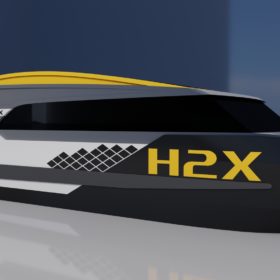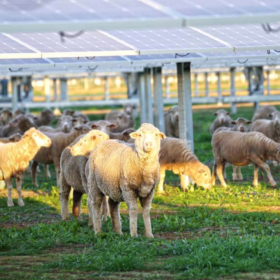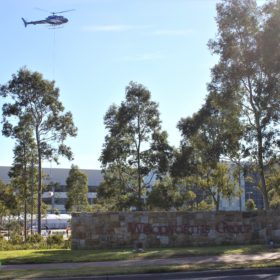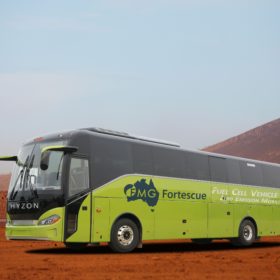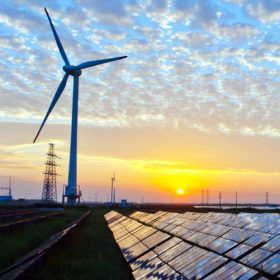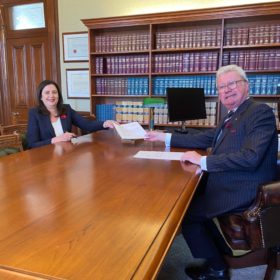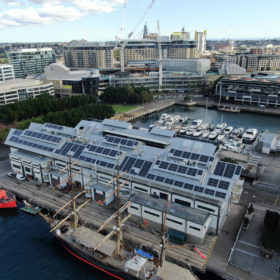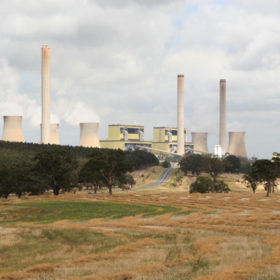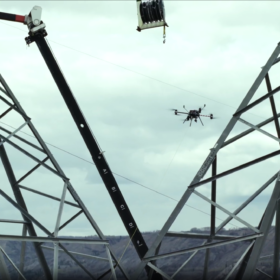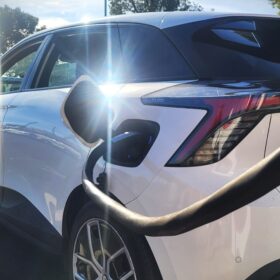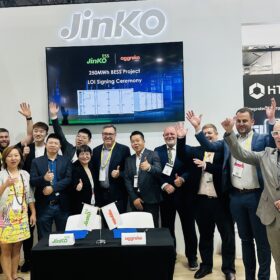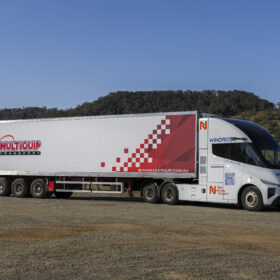Made-in-Queensland hydrogen ferries to set sail
Queensland’s determination to lead the way with hydrogen has reached new levels with Brisbane-based outfit H2X Marine launching plans to construct watercraft powered by renewable energy.
VIC solar industry braces for post-lockdown release of pent-up demand
As Victorians fly out of lockdown and into the thick of summer the solar industry is preparing for the release of pent-up demand for solar which was hungered for during lockdown but went unsatisfied. pv magazine Australia sat down with AC Solar Warehouse’s Grant Behrendorff to gauge the backlog of installations and talk shop in the approach to a bumper summer.
NSW has joined China, South Korea and Japan as climate leaders. Now it’s time for the rest of Australia to follow
It’s been a busy couple of months in global energy and climate policy. Australia’s largest trading partners – China, South Korea and Japan – have all announced they will reach net-zero emissions by about mid-century. In the United States, the incoming Biden administration has committed to decarbonising its electricity system by 2035.
Woolies makes fresh renewables pledge
Australia’s largest retailer, the Woolworths Group, will power all of its operations with renewable energy by 2025 as part of a new and ambitious sustainability pledge.
Fortescue Metals unveils massive solar ambition
Iron ore mining giant Fortescue Metals Group has revealed ambitious plans to build one of the biggest renewable energy portfolios in the world, delivering more than 235 GW of renewable capacity, or five times the current capacity of Australia’s National Energy Market.
SwitchDin teams up with Fronius on remote PV control
Energy management software company SwitchDin has urged operators in the Australian renewable energy market to work collaboratively as the decentralised generation model becomes increasingly dominant.
October’s QLD energy price spike ‘harbinger of things to come’
On Tuesday 13th October 2020 Queensland’s electricity spiked from approximately $25/MWh to $15,000/MWh (the current market price cap) in response to a tripping incident involving the constraint of 11 solar farms and one wind farm. The event is being seen as illustrative of just what needs to be addressed in the design of NEM 2.0.
QLD establishes ministry for hydrogen as Australia moves ahead in the global race for H
In an Australian first, newly re-elected Premier of Queensland Annastacia Palaszczuk has established a ministry for hydrogen in her new government. The move comes amidst a raft of recent hydrogen related policies throughout Australia and reinforces the nation’s determination to lead the global race for a hydrogen economy.
Australia’s green bank backs flexible, lightweight eArc ‘solar skins’
Australia’s green bank has invested over $9.5 million into Sunman’s lightweight, flexible eArc panels, saying have the “potential to revolutionise Australia’s use of rooftop solar.”
Renewables surge to record share of NEM, coinciding with groundswell of political support
A groundswell of support for renewable energy has swept across the nation and world in the past week with Joe Biden’s victory in the United States followed by the unveiling of the NSW government’s ambitious renewables roadmap and the tabling of independent Zali Steggall’s Climate Change Act. The shifting Zeitgeist coincides with analysis showing record high shares of renewables in the National Energy Network (NEM) are displacing fossil fuels, ultimately cutting the country’s emissions more than the Covid-19 pandemic.
